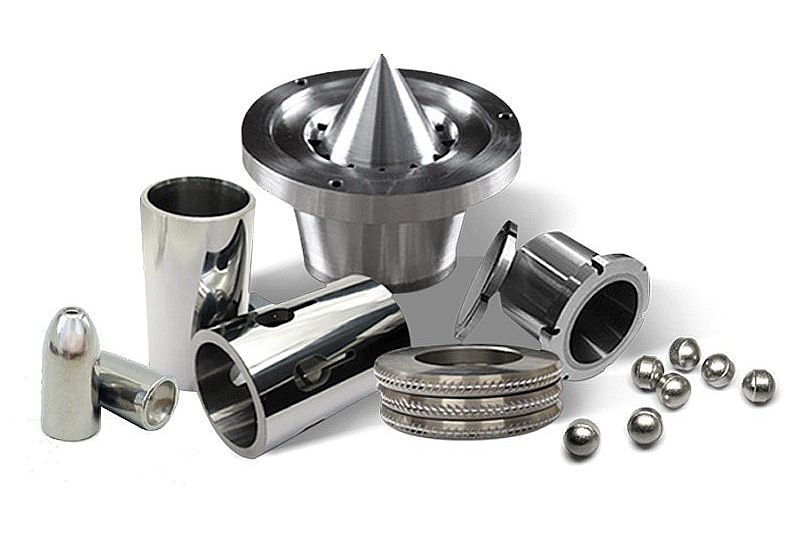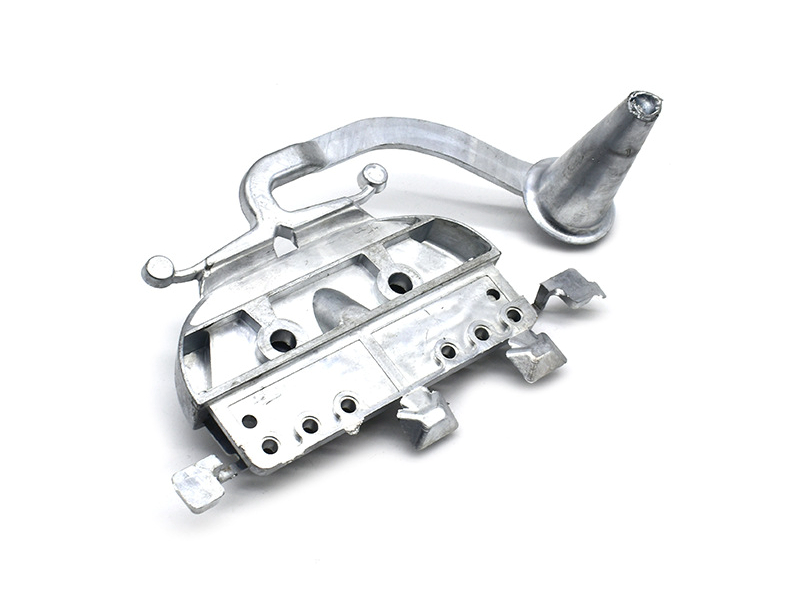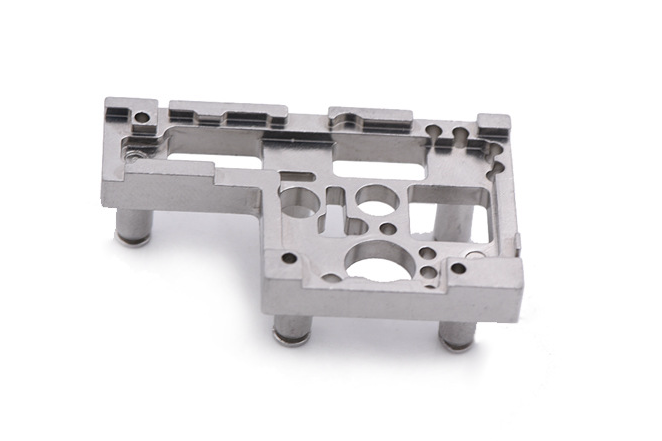How does Neway guarantee full traceability for medical regulatory compliance?
In the medical device sector, full traceability is mandatory to meet regulatory requirements such as ISO 13485, FDA 21 CFR Part 820, and EU MDR. At Neway, traceability is achieved through systematic control of material batches, manufacturing routes, surface treatments, dimensional inspection, and sterilization compatibility. Each implant or medical component is linked to its raw material certificate, processing history, and quality documentation—ensuring complete transparency from prototype to serial production.
Material Traceability and Batch Control
Each material used—whether MIM Ti-6Al-4V, zirconia, or PEEK—is sourced with full material certification. These certificates include chemical composition, impurity levels, and mechanical properties, and are digitally linked to the work order. Materials entering injection molding, metal injection molding, or CNC machining are scanned and assigned unique identifiers, ensuring that each finished part can be traced back to its alloy or ceramic batch—facilitating recall management and regulatory inspection.
Process Monitoring and Digital Records
Manufacturing routes are logged in real time using MES data. Sintering profiles for MIM parts, machining parameters from CNC machining, and molding conditions in plastic injection molding are automatically recorded. This enables validation of consistent performance across production batches, while also providing data for process capability studies. Prototyping validation through rapid molding prototyping ensures that geometry and manufacturability are verified before high-volume medical manufacturing begins.
Surface Treatment and Cleanliness Traceability
All surface treatments—such as electropolishing, passivation, thermal coating, or tumbling—are documented with process parameters, operator data, and traceability of cleaning agents. These records are vital for ensuring long-term biocompatibility and verifying compliance with ISO 10993 and sterilization safety protocols. If necessary, surface treatments can be traced down to the specific workstation, time window, and operator responsible for execution.
Dimensional and Functional Inspection
Each critical dimension—especially for interfaces such as screw threads, tapers, or sealing zones—is verified with digital inspection systems. Measurement data is stored and linked to the part serial number, providing full traceability for regulatory audits. For functional surfaces, CNC machining prototyping and 3D printing prototyping allow interface accuracy to be validated before mass production. Validation reports also include fatigue data and surface roughness measurements, ensuring long-term performance inside the body.
Final Documentation and Regulatory Compliance
Every shipped implant is accompanied by a digital Device History Record (DHR) containing material certificates, process history, test results, and traceable identifiers. This enables full compliance with FDA UDI requirements and EU MDR post-market surveillance. Through controlled manufacturing, validated processes, and secure digital record keeping, Neway guarantees that every implant is manufacturing-history traceable—essential for regulatory confidence and patient safety.



